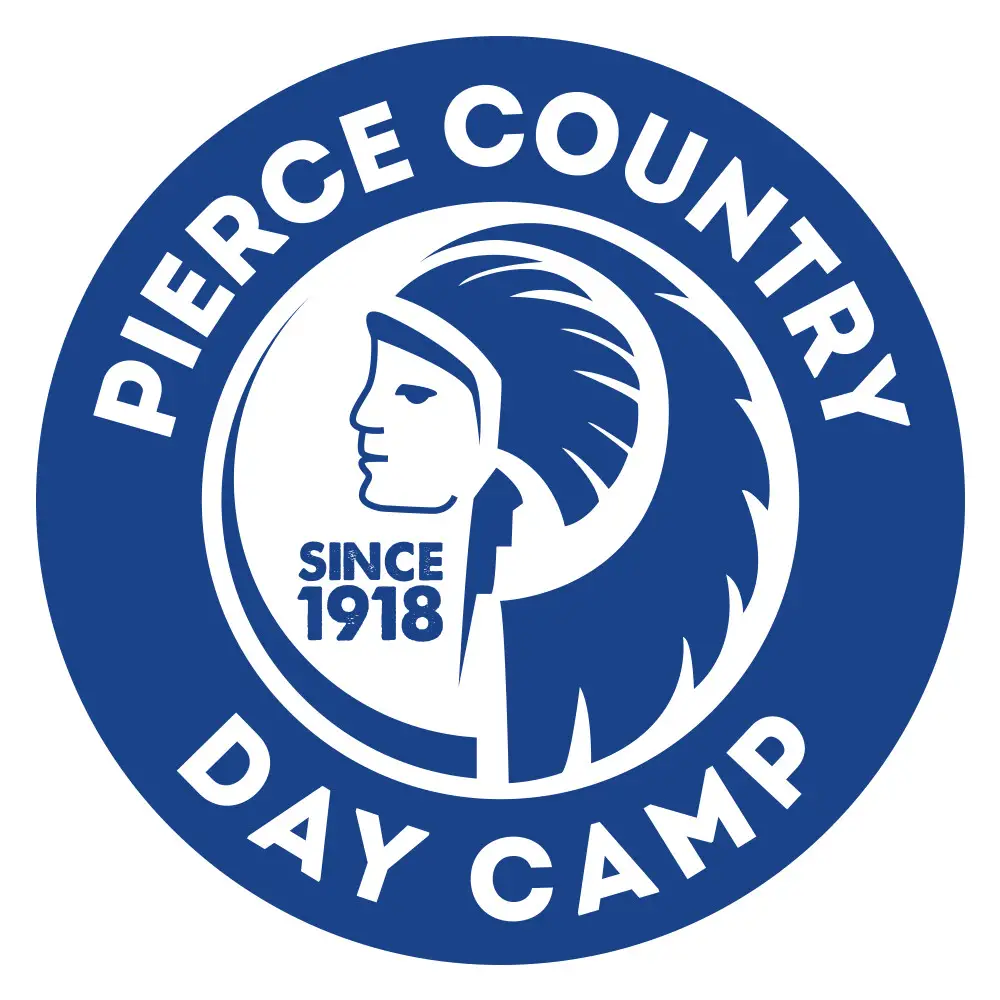Instagram, Snapchat, Kik, TikTok, House Party—the list goes on. There are so many social media apps these days, it can be confusing, overwhelming, and stressful to keep track of what exactly your kids are doing behind their screens. To help keep things straight, here's a comprehensive guide on the popular social media apps kids are using nowadays and how each of them work so you can decide what is and what is not appropriate for your kids.
TikTok
The most popular social media app right now, TikTok is a video-sharing app offering videos of comedy, music, dance, and drama ranging anywhere from 5 seconds to 1 minute, according to Rafael Sales, data strategist at Sparkloft Media, a social media creative agency. Users often mimic "challenges" that they see on the app and then post their own version. Due to the strength of the app's algorithm, the users feed is highly curated to their interests, which is good if you are concerned about your child not viewing mature content. The app requires users to be at least 13 years old and receive a guardian's approval if they are younger than 18.
Related: TikTok: What You Should Know About It
Instagram
This photo-sharing app allows users to document their lives through picture/video posts, stories, and even Instagram Live. Users can follow friends, family, celebrities, influencers, and brands to create their own curated feed of what the people they care about are posting. By default, your Instagram profile and pictures are public and able to be viewed by anyone, so it is important your child's security settings are set to private if you want only her followers to have access to her profile. Instagram also allows users to add a location tag to any image, so be aware of the way your kids are using this feature.
Snapchat
Snapchat is a way to stay in touch with friends that is more casual and fleeting than a permanent social media post. Users can take pictures and add captions, drawings, filters, locations, and stickers, and even gifs before sending them to specific friends or posting it for their whole friends list to see on their story for 24 hours. The user chooses the amount of time their friend will be able to view the snap (anywhere from 1 second to unlimited seconds) before it disappears. It's important to encourage your kids to use good judgement when posting and sending Snapchats or screenshotting the Snapchats of others because nothing on the Internet truly disappears.
Houseparty - Group Video Chat
This app allows two to eight people to be in a video chat together at the same time, according to Common Sense Media. You are able to lock a chat so no new people can join, but if someone who is not a direct friend joins an unlocked video chat, you will receive an alert. It is important for parents to note that users can take screenshots during the chat and there is no moderator because, like FaceTime, anything can happen in a live video chat.
Get the Best Family Activities
Sent to You Weekly!
GroupMe
GroupMe is a direct and group message service with no fees or limits. Users can send photos, videos, and calendar invitations. According to Common Sense Media, the app is best for older teens because the GIF and Emoji functions include some adult themes. Also noteworthy is that the app allows teens to be constantly connected, due to lack of limits or fees.
WhatsApp
Similar to GroupMe, WhatsApp is a free, cross-platform messaging service allowing users to send texts, voice messages, make voice and video calls, share messages, documents, locations, and other media. The app is for users 16 and older.
Discord
Discord is free voice, video, and texting app for users 13 and older. It was originally created to unite users who love gaming, according to the app's website, and it allows users to join a chat they've been invited to or to create their own to discuss games. Users have a variety of security options such as choosing who can message them, who can add them as a friend, what servers they want to join, to block someone, and to scan and delete messages with explicit content.
Kik
This app is another free alternative to texting app built specifically for teens. There has been a lot of controversy and negative conversation surrounding the app regarding communication with strangers and covert marketing. The app has allegedly been used in high-profile crimes, including murder and child-pornography, according to Common Sense Media.
RELATED:
3 Ways to Keep Your Kids Safe Online
6 Signs Your Child Is a Victim of Cyberbullying





